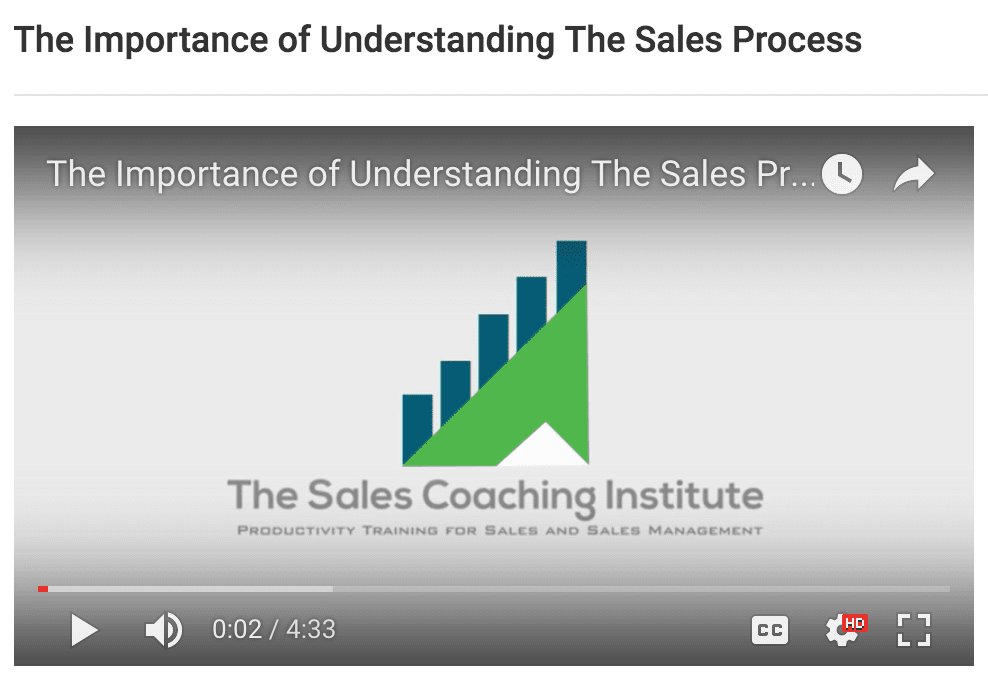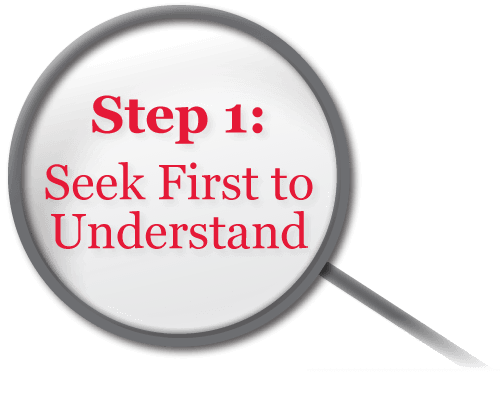Motivation in Sales – The Basics
When many business managers hear the term “sales force motivation plan” they see dollar signs that end up cutting into profits to compensate top sales performers. However, motivation in a sales team doesn’t have to include big bonuses and large payouts for meeting sales goals.
According to the Harvard Business Review, there is in excess of $800 billion a year spent on sales force compensation in the United States. This total represents approximately three times as much as the same businesses spend on advertising. However, and this may be surprising, these simple cash incentives rarely impact the very members of the sales team that are most important.
One of the big drawbacks to using a strict dollar value type of incentive is that they typically cap at a specific level. This limits the high performers who become unmotivated to move past the upper level of the cap. The low performers will not see the possibility in reaching the high levels, so they opt out of the program or perform only to the lowest incentive level.
Even the core performers, or those that steadily perform to the sales goals and targets, are not solely motivated by cash. In a 2013 study by Peter Ostrow of the Aberdeen Group, it was found that money incentives were actually only ranked slightly higher than internal recognition, learning new skills and competition within the team.
To further back this study the 2014 TINYpulse Employee Engagement and Organizational Culture Report found that over 200,000 sales professionals in 500 companies around the world ranked money or cash benefits at seventh at providing motivation to improve in their job.
The issues that ranked higher in the survey included peer recognition, camaraderie, feeling encouraged, being recognized and having an intrinsic desire to go a good job. With all of these issues more motivating than cash benefits, programs in the workplace that encourage and support this type of positive workplace culture need to be at the forefront of sales team development and plan strategy.
This highlights the importance of both intrinsic and extrinsic motivation. The extrinsic motivation for a sales team can include those cash bonuses and advances, prizes, inter-team competition and even tracking and monitoring of reaching targets set by the sales managers.
Intrinsic motivation includes internal rewards for the sales team. This includes feeling a sense of contributing to the common goals, meeting personal milestones, developing a sense of belonging to the workplace culture and increasing mastery in sales at a personal level.
To build a culture in a sales team that encourages both intrinsic and extrinsic motivators, consider the following key factors:
- Set Goals – there needs to be a good combination of both individual and team goals. By setting group goals based on projected sales, you can incorporate the extrinsic motivators of competition, tracking and monitoring as well as actual prizes and bonuses for meeting or exceeding goals. By setting smaller individual goals which are done privately between the sales manager and each team member, it is possible to tap into intrinsic motivation.
Related Article: What Will Your Life Be Like In 1 Year?
- Use past performance – incentivizing or motivating sales people based on improving past performance is a good starting point. This allows the process to be more intrinsic and fosters collaboration and belonging within the sales group rather than what can become unhealthy types of competition. It is more akin to competing against yourself rather than the team to achieve both internal satisfaction and external rewards.
- Social Recognition – encouraging social recognition for a job well done should be part of the corporate culture. This can include providing peer to peer recognition within the team as well as recognition by direct managers and those further up the corporate ladder. Recognition is only meaningful if it is personalized, specific and targeted to the person earning the praise. It doesn’t have to be formalized, but it needs to occur for sales staff to be intrinsically motivated to continue to exceed expectations.
- Increase mastery of necessary skills – one of the key intrinsic motivators is for the sales staff to feel competent and have the training and support they need to do their job. In top companies interviewed in the Aberdeen Group study it was found that 84% of the companies identified as top sales businesses provided coaching, training and mentoring services to all employees that included regular feedback from supervisors to sales team members. This is highly effective for both top performers as well as those that are struggling.
- Personalize incentives – simply assuming what motivates a given sales professional and a sales team can lead to poor motivation levels. Instead, consider meeting with the team to not only set goals but to consider what are the motivators to use at the various levels within the program. Sometimes simple things, such as earning the opportunity to work from home one day a week can be highly motivating. The book by Mark Faust “Growth or Bust: Proven Turnaround Strategies to Grow Your Business” takes this a step further. He indicates that a day off with pay to go to a special event such as golfing, fishing or taking in a ball game is often highly motivational for all sales staff.
- Out of the Box – in addition to personalized incentives, consider having the element of chance within the win. You can have a prize wheel to spin, a secret envelope or any other type of pick or play type of option. Choose prizes that are out of the ordinary such as a luxury spa day for the employee and a spouse, a weekend getaway at a local resort or even a free training event or conference attendance may be just what will motivate individuals.
- Provide clear direction – it is essential for sales professionals to know the expectations of the management when it comes to performance expectations. Often a lack of clear direction by the sales managers creates a lack of motivation in sales professionals.
It will also be critical to create an incentive program that allows everyone to have the opportunity to achieve goals, feel part of the team, and be encouraged to continue to improve. This is why personal goals and milestones are important to recognize and not just the end results. Be ambitious with goals, not deadlines.
Related Articles:









 Your fourth challenge is deciding how to formulate a pay structure that works for you. Compensation plays a large role in driving behavior within your sales team. Will you pay your sales force with a base pay along with commission, salary alone or completely commission? The Sales Coaching Institute offers great advice and programs dedicated to Sales Compensation Strategies that can help you develop
Your fourth challenge is deciding how to formulate a pay structure that works for you. Compensation plays a large role in driving behavior within your sales team. Will you pay your sales force with a base pay along with commission, salary alone or completely commission? The Sales Coaching Institute offers great advice and programs dedicated to Sales Compensation Strategies that can help you develop 
